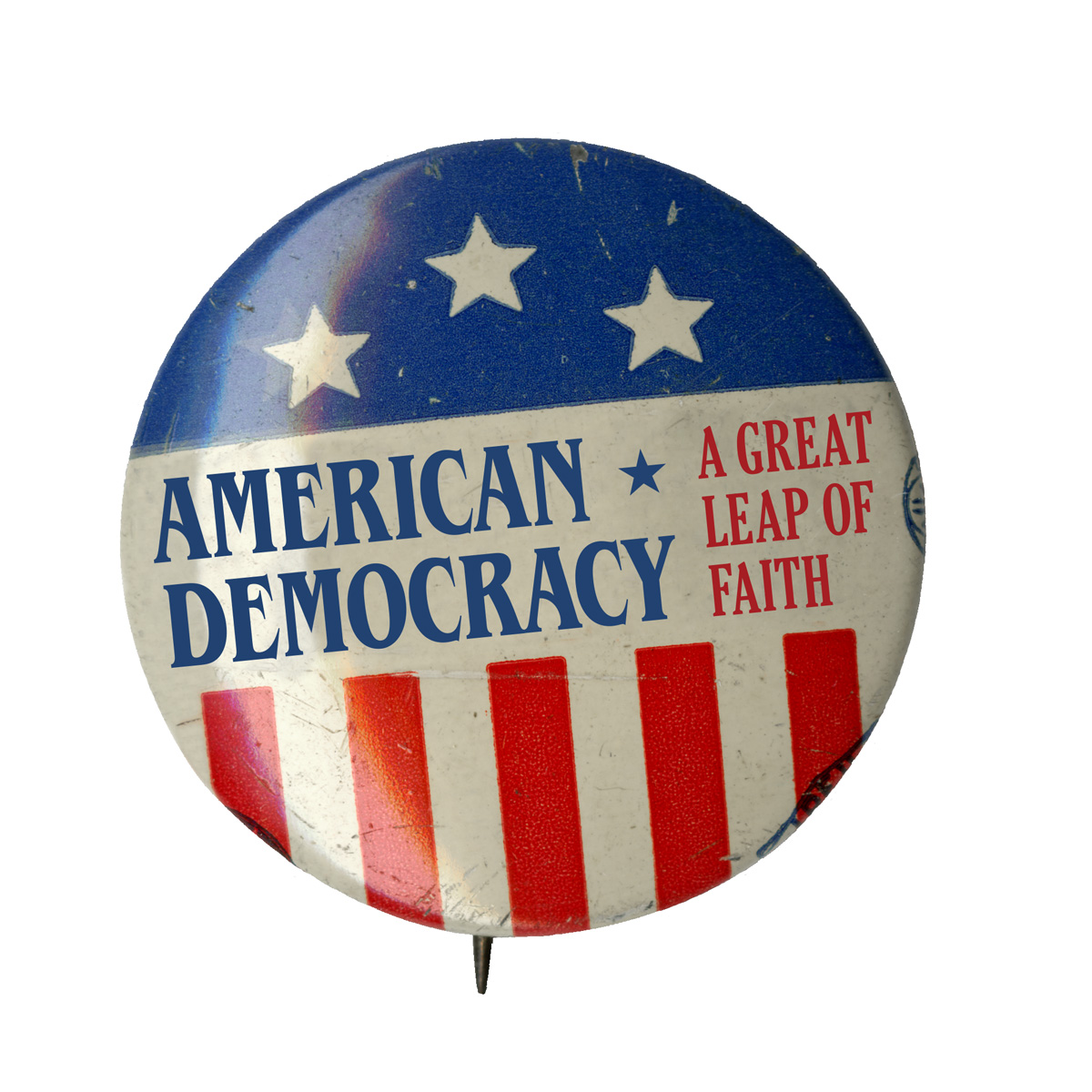Smithsonian Curators Collecting 2020 Presidential Election Memorabilia
Curators from the Smithsonian’s National Museum of American History are continuing to collect materials and memorabilia reflecting the 2020 Presidential election, including documenting the impact of the COVID-19 pandemic on voting. Political history curators Lisa Kathleen Graddy, Jon Grinspan and Claire Jerry are reaching out to the Democratic and Republican organizations, other groups and to the voters themselves to augment the existing national collection that includes material from debates, rallies, protests and digital campaign activities.
While the museum is open to limited numbers of visitors, the acquisition of artifacts is still on hold due to telework as well as safety and health issues. Curators are asking prospective donors to hold on to objects and other materials that could be considered for future acquisition and to send photos and brief descriptions of suggested objects to 2020ElectionCollection@si.edu.
“By actively collecting new materials throughout the election year, the museum documents the political campaign process and can share the spirit and complexity of the presidential campaigns with the American public, both now and in the future,” said Anthea M. Hartig, the museum’s Elizabeth MacMillan Director.
The museum’s political campaign collection of more than 100,000 objects is the largest of its kind, containing artifacts dating as far back as the inauguration of President George Washington. The collection includes items related to presidential history and political campaigning, as well as the history of the White House and first ladies; civil rights, women’s suffrage and reform movements; the World War II home front; and labor history.
“These objects represent a celebration of democracy and how people and parties express their identity and their campaigns,” Jerry said. “Whether it’s handmade or mass-generated, each object represents history in the making by showing how candidates communicate with the public and how the public in turn communicates with the candidates.”
The broader political history collection includes some of the country’s most important national treasures, including the small portable desk on which the future President Thomas Jefferson wrote the Declaration of Independence, the top hat President Abraham Lincoln wore the night he was assassinated and items from the 2016 presidential election.
The long-standing tradition of documenting the presidential election allows researchers and visitors to observe and compare how each election season brings new trends, strategies and methods of communication to the political forefront. A large selection of objects collected in the past is on view in “American Democracy: A Great Leap of Faith,” an exhibition that examines the bold experiment to create a government “of the people, by the people and for the people.
Through incomparable collections, rigorous research, and dynamic public outreach, the National Museum of American History seeks to empower people to create a more just and compassionate future by examining, preserving and sharing the complexity of our past. The museum, located on Constitution Avenue N.W., between 12th and 14th streets, is open Friday through Tuesday between 11 a.m. and 4 p.m. Admission is free, but reserved timed-entry passes are required. To make reservations, click http://si.edu/visit. Follow the museum on social media on Twitter and Instagram @amhistorymuseum and on Facebook at @americanhistory. For Smithsonian information, the public may call (202) 633-1000.
# # #
SI-38A-2020

